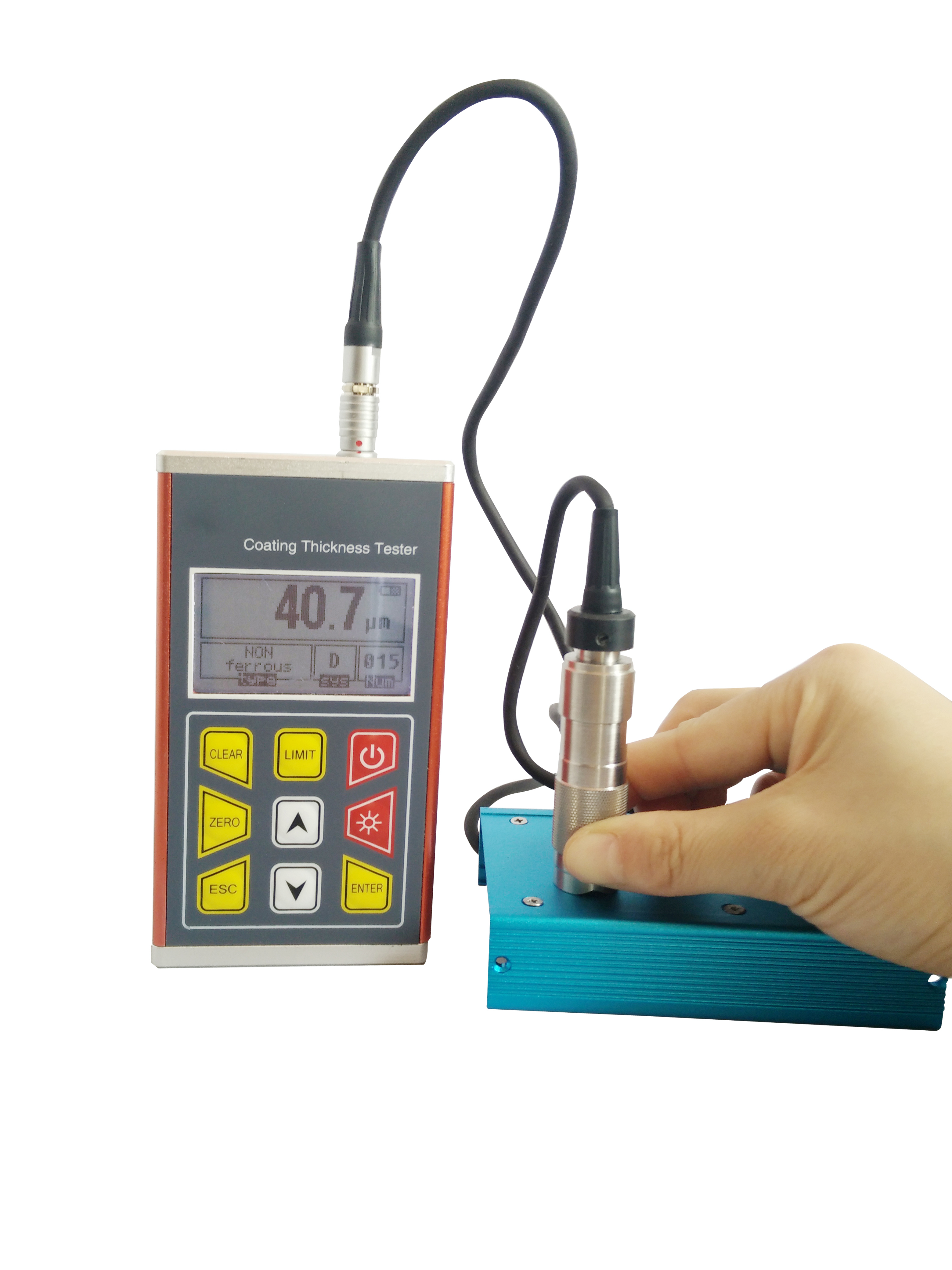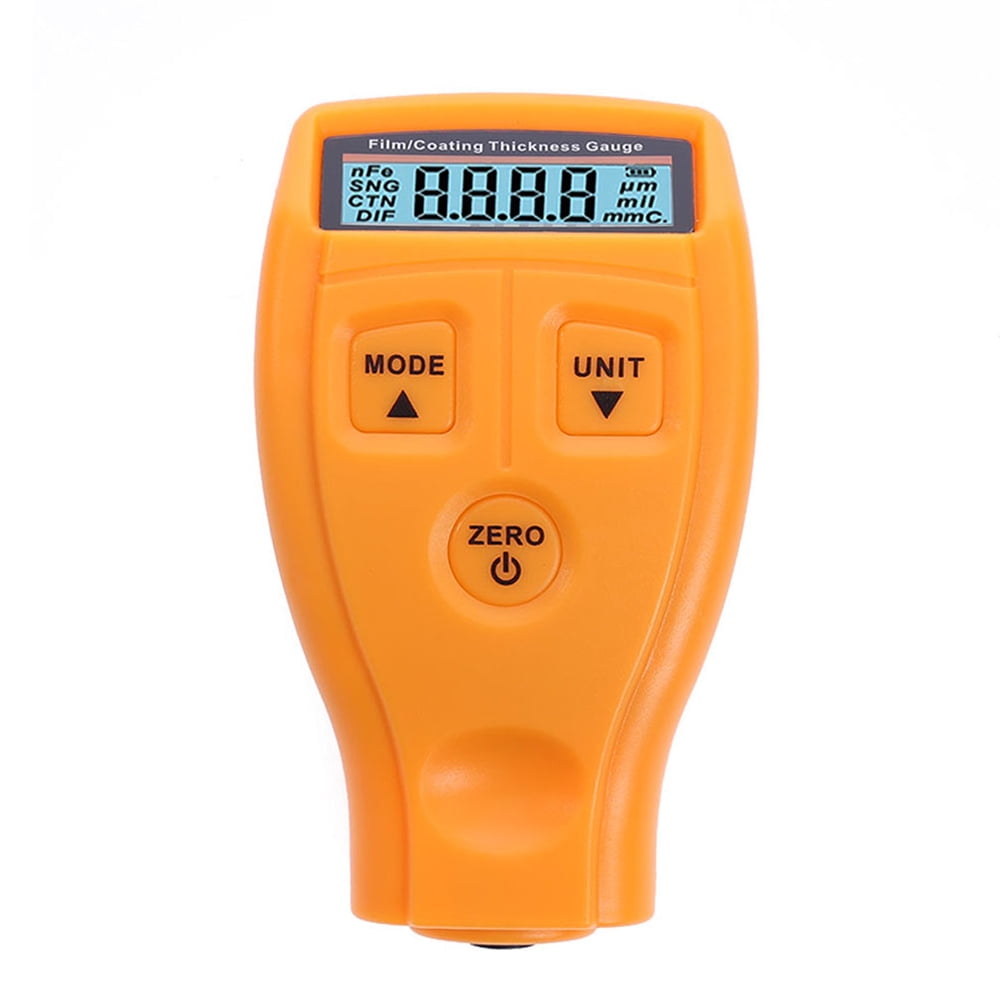
As for the individual coats, clear coat will typically be your thickest layer, followed by thinner coats of base coat (paint), primer coat, and electro-coat. In the diagram above, the metallic substrate would be the vehicle, with various coatings on top of the car, and then the “outside elements” being the open air environment. Microns and micrometers (µm) are two names for the same thing. I’ve also included both values (mils and microns/micrometers) depending on what type of measurement you want to go by. I did my best to average out the values in an effort to make it simple. Depending on who you ask and where you find this information, it can vary but the values tend to be close to one another. This isn’t a perfect system, but knowing these general average values can help you determine how much “paint” you have on your vehicle.īelow is a paint thickness diagram showing the coating thicknesses on an average modern-day vehicle. Therefore, we rely on general known coating thicknesses in the industry. Obviously, it’s impossible to know exactly much thickness of each coating you have on your vehicle (unless you have a pricey ultrasonic gauge), as these thicknesses can vary depending on the make and model of the vehicle, the environment it was originally painted in, and other varying factors.

Keep in mind that the magnetic/Eddy-current gauges do not work on bumpers (polycarbonate/plastic) or non-metallic parts as they don’t have the ability to work on non-metallic substrates. Understanding this is necessary if we want to use a magnetic/Eddy-current paint thickness gauge to know how much protection there is. These layers make up what we’ll call a coating on a vehicle. Generally, modern day cars are painted using a process that involves dipping/electric-coating the metal shell (for corrosion protection), applying a primer coat, then a base coat, and then a clear coat. By knowing the typical thickness of each layer that encompasses a “paint job”, we can have a general idea of how much clear coat we have before we wear down to the paint, primer, or even substrate. Instead of spending hundreds to thousands of dollars on an ultrasonic paint thickness gauge, we can instead use an affordable magnetic/Eddy-current gauge as long as we have an understanding what the typical layers on a modern day car are, what the thickness of these layers are. Ultrasonic paint thickness gauges offer more granularity in providing in the thickness reading for each layer. This type of thickness gauge only reads over a metallic substrate and won’t work on the bumpers of a car (non-metallic).

Essentially it tells you how thick this combined coating is, on top of your metallic substrate (body of car). Because a vehicle typically has many layers such as clear coat, paint, primer, and a corrosion protection layer, this type of gauge will only give you the thickness reading of the combination of all the layers. The main difference besides the technology between these two types of gauges is that the magnetic/Eddy-current gauges are only able to measure the total thickness of the coating on a vehicle. A lower-priced option are the magnetic/eddy-current gauges (around $50-$100), which most people opt for since they tend to be more affordable. The ultrasonic gauges are rather expensive, therefore these are usually purchased and used by those who do this work professionally. There are different types of paint thickness gauges out there- mainly magnetic/Eddy-current gauges and ultrasonic gauges. If you want to know how much paint you have on a car before doing a paint correction, you need to use a paint thickness gauge in order to determine the coating thickness on your car prior to doing any work. Therefore, if you are going to be doing any kind of paint correction via polishing or even sanding, it is critical to know how much clear coat (and paint) you have on your car so that you don’t accidentally burn through your paint. Other times, you may want to do a paint correction with more aggressive techniques (that can produce a better looking result), but may wear down your clear coat more quickly. For this reason, you are generally safe when polishing your car using abrasives such as a polish or a compound. Most times, this can be done many, many times before you wear down the clear coat. If you’ve ever polished the paint on a modern day car, you’re usually polishing the outer-most layer of the car which is a clear coat layer. I am not responsible for any action you take as a result of reading this. Also, these posts are based off my own experiences. When you make purchases through links on this site, The Track Ahead may earn an affiliate commission.


 0 kommentar(er)
0 kommentar(er)
